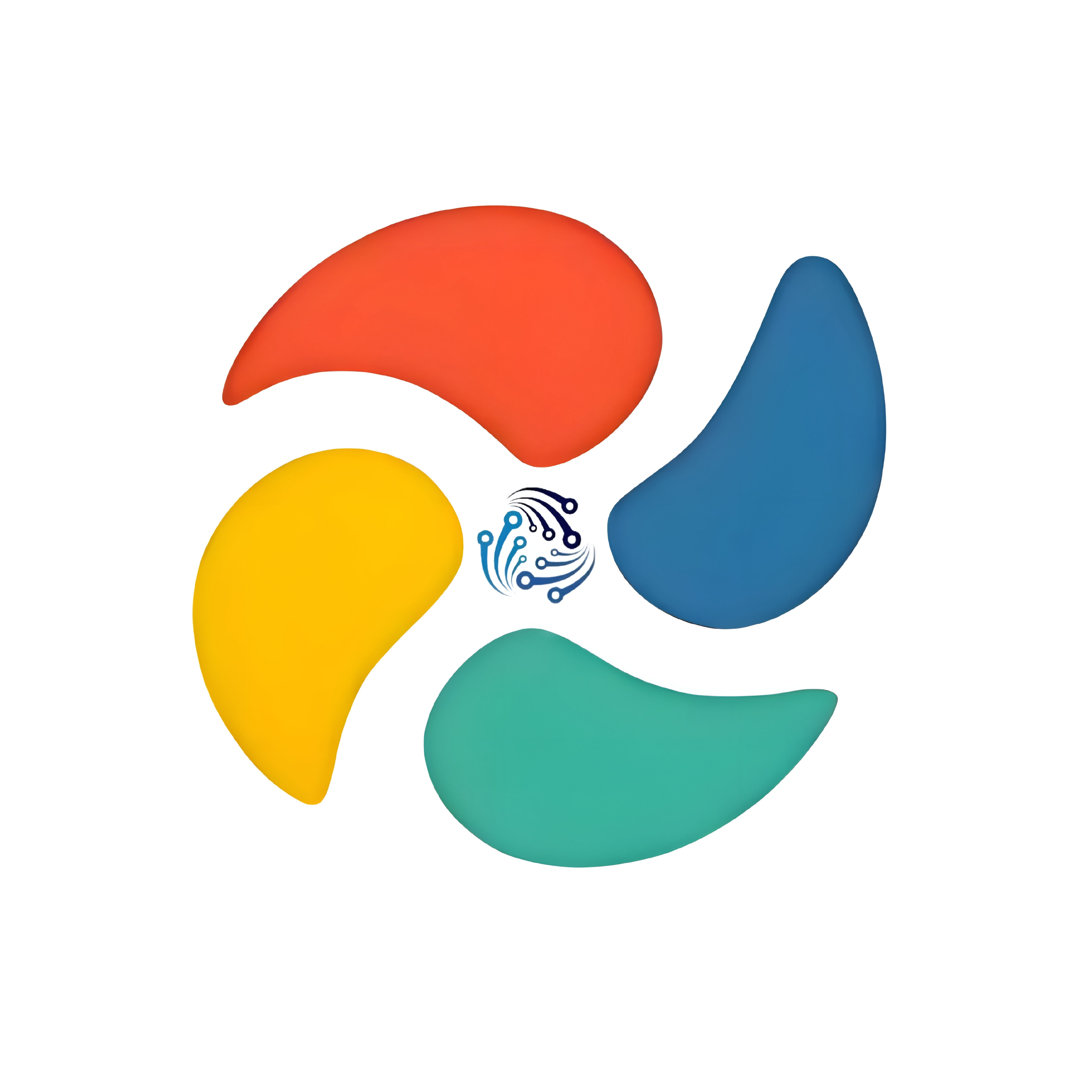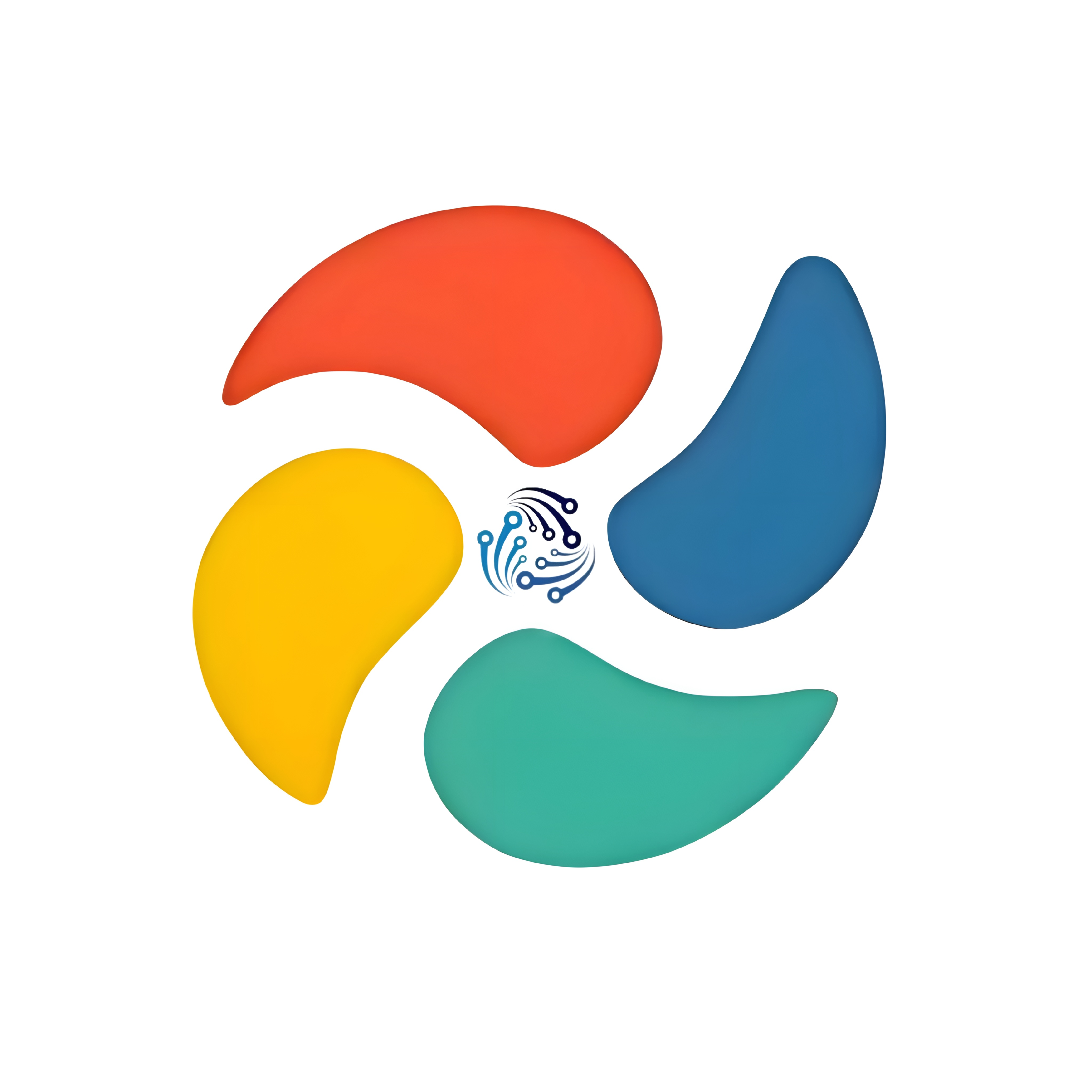Market Overview
Global Insect Repellent Market Size And Share Is Currently Valued At Usd 5.57 Billion In 2024 And Is Anticipated To Generate An Estimated Revenue Of Usd 10.68 Billion By 2034, According To The Latest Study By Polaris Market Research. Besides, The Report Notes That The Market Exhibits A Robust 6.80% Compound Annual Growth Rate (Cagr) Over The Forecasted Timeframe, 2025 - 2034
The global insect repellent market has emerged as a crucial segment within the personal care and healthcare industries. Rising awareness about mosquito-borne diseases, such as malaria, dengue, and Zika virus, coupled with the increasing demand for outdoor recreational activities, has driven substantial growth in recent years. Insect repellents play a vital role in protecting individuals from harmful insect bites, enhancing public health safety, and promoting overall well-being.
Market Summary
The insect repellent market encompasses a wide range of products, including sprays, lotions, creams, wipes, and natural repellents. Key factors influencing market growth include technological advancements in formulation, consumer preference for chemical-free or eco-friendly products, and the increasing availability of innovative delivery methods. Furthermore, the adoption of insect repellents is being reinforced by global public health campaigns and the rising prevalence of vector-borne diseases.
𝐄𝐱𝐩𝐥𝐨𝐫𝐞 𝐓𝐡𝐞 𝐂𝐨𝐦𝐩𝐥𝐞𝐭𝐞 𝐂𝐨𝐦𝐩𝐫𝐞𝐡𝐞𝐧𝐬𝐢𝐯𝐞 𝐑𝐞𝐩𝐨𝐫𝐭 𝐇𝐞𝐫𝐞:
https://www.polarismarketresearch.com/industry-analysis/insect-repellent-market
Country-Wise Market Trends
In North America, the insect repellent market is witnessing steady growth driven by heightened consumer awareness and government initiatives promoting vector control. The United States dominates this region, with increased demand for DEET-free and natural insect repellent formulations.
In Europe, growth is supported by stringent regulatory frameworks and the rising popularity of organic and plant-based insect repellents. Countries such as Germany, France, and the UK are focusing on sustainable solutions and eco-friendly products to meet consumer expectations.
The Asia-Pacific region is experiencing significant expansion due to the high prevalence of mosquito-borne illnesses in countries like India, China, and Southeast Asian nations. Rapid urbanization, changing lifestyles, and increased outdoor activities are also contributing to the rising adoption of insect repellents.
Latin America is witnessing moderate growth, with Brazil and Mexico leading the market due to government initiatives to combat vector-borne diseases. Additionally, the tourism sector is fueling demand for portable and easy-to-use repellent solutions.
In the Middle East and Africa, the market growth is primarily driven by the urgent need for mosquito control programs, particularly in tropical regions where malaria and other insect-borne diseases are endemic. Awareness campaigns and the introduction of cost-effective repellents are expanding market reach in these regions.
Market Challenges
Despite positive growth, the insect repellent market faces several challenges. Regulatory compliance and safety concerns related to chemical ingredients remain a major hurdle. Consumer reluctance towards synthetic chemicals has prompted manufacturers to innovate natural alternatives, which may require higher production costs. Seasonal demand fluctuations and climate-dependent consumption patterns also affect market stability. Moreover, the rise of counterfeit and substandard products poses a significant threat to consumer trust and brand integrity.
Future Outlook
The future of the insect repellent market is expected to be shaped by technological innovation, rising consumer preference for eco-friendly solutions, and the expansion of e-commerce channels. Advancements in wearable repellents, long-lasting formulations, and multi-functional products combining skincare and insect protection are anticipated to drive market growth. Emerging markets in Asia-Pacific, Africa, and Latin America offer promising opportunities, particularly as governments continue to prioritize vector-borne disease prevention programs.
As the global population becomes more health-conscious and outdoor lifestyles gain popularity, the demand for efficient, safe, and environmentally responsible insect repellent solutions will continue to grow. Manufacturers focusing on innovation, sustainability, and consumer education are well-positioned to capitalize on the expanding market landscape.
Leading Market Players Driving Global Growth
- Reckitt Benckiser Group PLC
- Godrej Consumer Products Ltd
- Dabur India Limited
- Coghlan's Ltd.
- S.C. Johnson & Sons Inc
- Johnson & Johnson
- Spectrum Brands, Inc.
- Sawyer Products
- Henkel AG & Co. KGaA
- Jyothy Laboratories Ltd.
Conclusion
The Insect Repellent Market is growing steadily due to increasing awareness of vector-borne diseases and personal protection needs. Products like sprays, lotions, and wearable devices prevent mosquito bites and control pest exposure. Rising demand in residential, outdoor, and travel sectors drives market growth. Technological advancements in formulations, natural ingredients, and long-lasting protection enhance effectiveness. Government initiatives and public health campaigns further support adoption. With continuous innovation and increasing concern for health and hygiene, the Insect Repellent Market is expected to maintain strong growth, providing safe and effective solutions for insect control globally.
More Trending Latest Reports By Polaris Market Research:
Styrene Butadiene Rubber Market
Styrene Butadiene Rubber Market
Inflammatory Bowel Disease (Ibd) Market
U.S. Endoscope Cleaning Timers Market
Surgical Planning Software Market
Bicycle Chain Lubricant Market
Mental Health Screening Market
Lithium Titanate Oxide (LTO) Battery Market
Contact Lens Accessories Market



